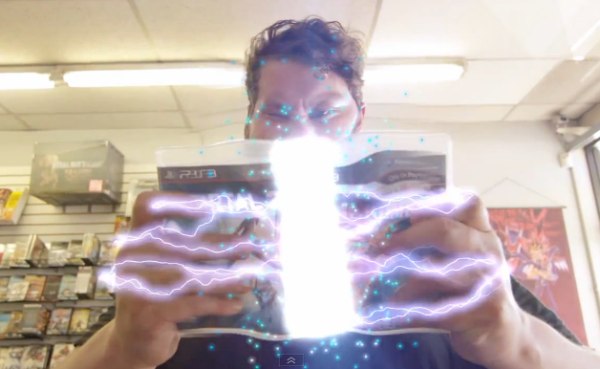Enviado por luishernando a través de Google Reader:
vía
Microsiervos de no-reply@microsiervos.com (Wicho) el 22/04/11
En el colegio nos enseñan que la Tierra es redonda, en el sentido de que es esférica, y normalmente nos quedamos con esa idea, que para el día a día es más que suficiente.
Pero hace tiempo que sabemos que en realidad nuestro planeta no es una bola sino que su forma es irregular, algo más ancha en el ecuador que en los polos por culpa de diferencias en su composición interna y su rotación, y con algunas irregularidades más debidas al peso de los océanos y los continentes, así como la atracción de la Luna.
Y ahora, gracias al satélite GOCE de la Agencia Espacial Europea, tenemos una idea casi perfecta de la forma de la Tierra, con una precisión vertical del orden de 1 ó 2 centímetros… Y la verdad es que más bien tiene forma de patata ;-)
Esta animación representa cómo sería la forma de la Tierra si estuviera completamente cubierta por agua, aunque lo cierto es que está un poco exagerada para que se aprecien más claramente las diferencias. Simplificándolo un poco, la idea es que donde hay más gravedad se acumularía más agua, y por eso los «bultos» que sobresalen.
En la vida cotidiana lo cierto es que esta información no nos es de excesiva utilidad, pero determinar la forma del geoide, que es así como se denomina, es extremadamente útil para la geodesia y poder comprender mejor el funcionamiento de los procesos interiores de la Tierra, la circulación de los océanos, el movimiento de las grandes masas de hielo, en especial las de los polor, y los cambios en el nivel del mar.
GOCE ha recogido estos datos volando muy bajito, al menos muy bajito para un satélite, a sólo unos 250 kilómetros de altura, lo que le ha permitido a los acelerómetros que lleva a bordo detectar las más pequeñas variaciones en la gravedad de la Tierra.
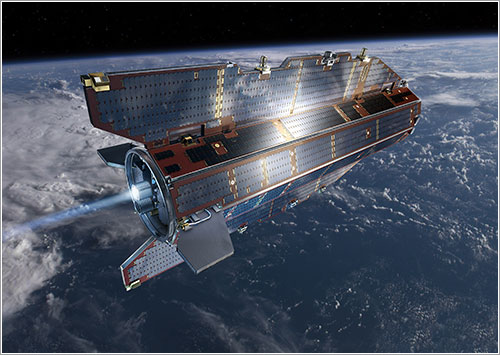
El satélite GOCE en órbita - ESA
Por eso tiene una forma aerodinámica, poco habitual en un satélite artificial, ya que de otro modo el rozamiento de la atmósfera lo habría hecho «caer» hace mucho tiempo, aunque también tiene un motor eléctrico que lo ha ayudado a mantenerse en su órbita.
Con los datos obtenidos por GOCE Nathanial Burton-Bradford ha creado una serie de imágenes en 3D que con unas gafas rojo/azul permiten apreciar aún mejor lo irregular que es la forma de la Tierra:
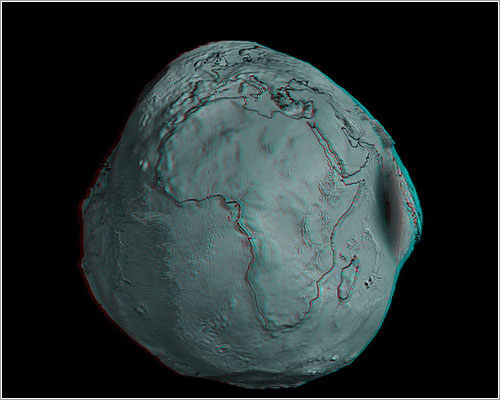
10 East Long Global view - 3D Anaglyph por Nathanial Burton-Bradford
Por cierto que le debemos también a la ESA la existencia de GlobCover, que es el mapa global de cobertura terrestre más detallado y preciso del mundo, realizado a partir de los datos obtenidos a lo largo de 2009 por el instrumento MERIS (Medium Resolution Imaging Spectrometer) del satélite Envisat.
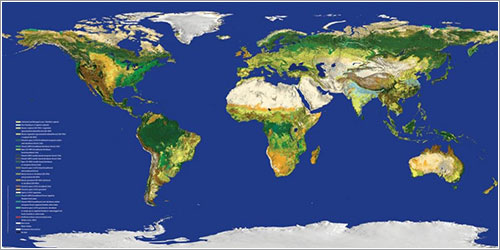
El mapa, que hay que ver en alta resolución para apreciarlo de verdad, tiene una resolución de 300 metros, y el mapa completo, que mide 129.600×55.800 pixeles pesa la friolera de 363Mb, se puede descargar de forma libre y gratuita.
Vamos, que de este lado del charco también sabemos hacer cositas ;-)
(Me recordó todo lo del GOCE, que se me había quedado en la pila de cosas a comentar, una anotación de Bad Astronomy; José J. Ramos, que trabaja en la el Centro del Observación de la Tierra de la ESA, nos recordó lo de GlobCover).
# Enlace Permanente
Microsiervos {
Ecología +
Fotografía +
Juegos +
Ciencia +
Internet +
Aviones +
WTF }

Cosas que puedes hacer desde aquí:
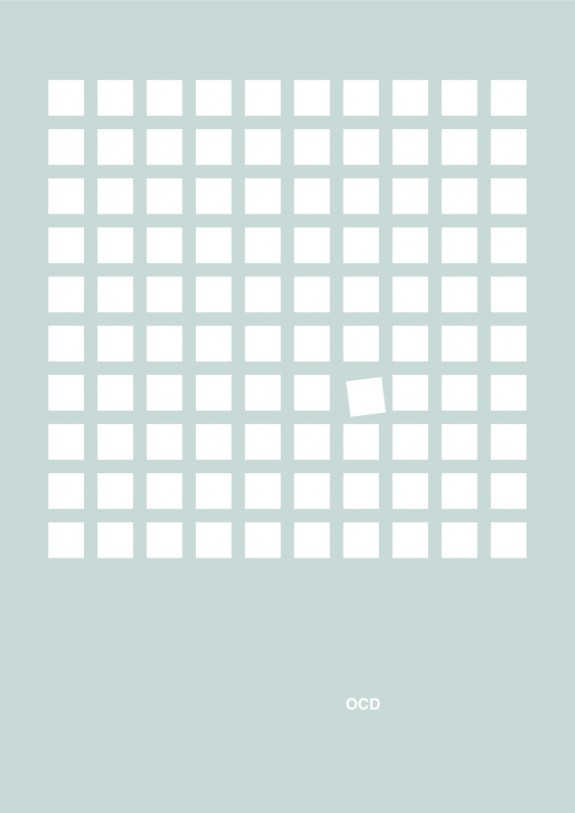
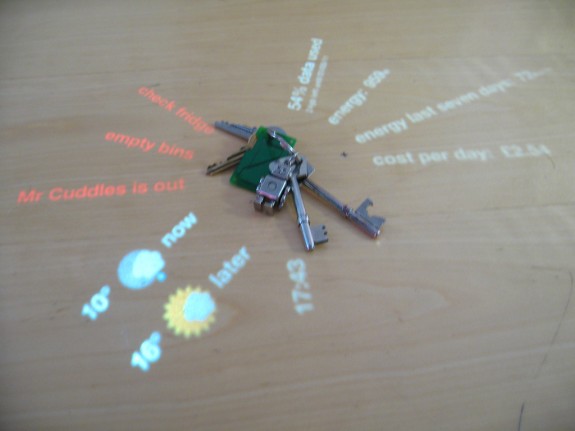


 Each detectable strain carries its own pattern on the array, which is read by running the cultured plates on a flatbed scanner.
Each detectable strain carries its own pattern on the array, which is read by running the cultured plates on a flatbed scanner.







